Table of Contents
Introduction:
Grinding is a process that consists of removing material from a workpiece using a grinding wheel. It is an essential manufacturing process used in various industries, including mechanical engineering. Grinding machines are used to perform this operation, and they are available in various types, each with its unique advantages and disadvantages.
Working of Grinding Machines:
Grinding machines make use of a rotating abrasive wheel to remove material from the workpiece. The grinding wheel is made up of abrasive particles that are bonded together with a binding material. As the wheel rotates, it grinds the workpiece, removing material in small increments until the desired shape and size are achieved.
The grinding process can be accomplished using different methods, including surface grinding, cylindrical grinding, centerless grinding, and internal grinding. The method used depends on the type of workpiece and the required finish.
Parts of a Grinding Machine:
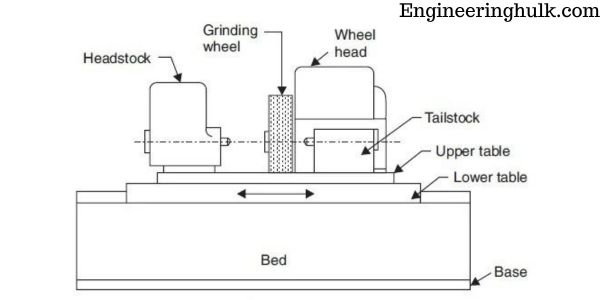
A grinding machine consists of the following parts:
1. Base – The base of the grinding machine supports the other parts of the machine. It is made of cast iron and rests on a flat foundation.
2. Column – The column is a vertical structure that supports the grinding wheel and the grinding head. It is made of cast iron and has a dovetail slide on which the grinding head can move vertically.
3. Table – The table is the part of the machine that holds the workpiece. It can be moved back and forth along the bed by means of a hand crank or a hydraulic system.
4. Wheelhead – The wheel head is part of the machine that contains the grinding wheel. It is mounted on the column and can be moved back and forth along the column by means of a hand crank or a hydraulic system.
5. Grinding Wheel – The grinding wheel is the cutting tool that is used to remove material from the workpiece. It is made of abrasive particles bonded together with a binder material. The grinding wheel can be of different shapes and sizes, depending on the application.
6. Workholding Devices – Workholding devices are used to hold the workpiece securely in place during the grinding process. Examples of work-holding devices include chucks, collets, and fixtures.
Types of Grinding Machines:
Grinding machines can be broadly classified into main four types based on the grinding process used. These are surface grinding machines, cylindrical grinding machines, centerless grinding machines, and internal grinding machines.
1. Surface Grinding Machines:
Surface grinding machines are used to produce a smooth finish on flat surfaces. They work by using a horizontal abrasive wheel that rotates around a vertical axis. The workpiece is held on a magnetic chuck and moved back and forth under the grinding wheel.
2. Cylindrical Grinding Machines:
Cylindrical grinding machines are used to grind the outer surface of cylindrical workpieces. They use a cylindrical grinding wheel that rotates around the workpiece’s axis to remove material. The workpiece is held in a chuck and rotated while the grinding wheel moves back and forth along its length.
3. Centerless Grinding Machines:
Centerless grinding machines are used to grind cylindrical workpieces with no centers. They use a regulating wheel that controls the workpiece’s rotational speed and a grinding wheel that removes material from the workpiece. The workpiece is supported by a blade and a guide wheel that keep it centered as it rotates between the two grinding wheels.
4. Internal Grinding Machines:
Internal grinding machines are used to grind the inner surface of cylindrical workpieces. They use a small grinding wheel that rotates inside the workpiece to remove material. The workpiece is held in a chuck and rotated while the grinding wheel moves back and forth inside the workpiece.
5. Tool and Cutter Grinders:
Tool and cutter grinding machines are used to sharpen and re-sharpen tools such as drills, cutters, and milling cutters. These machines use a rotating grinding wheel to remove material from the tool and create a sharp cutting edge.
6. Jig Grinders:
Jig grinding machines are used to grind complex shapes and holes in a workpiece. These machines use a high-speed air spindle and a precision jig to hold the workpiece in place.
7. Bench grinding machines:
Bench grinding machines are nothing but a type of grinding machine that is used to sharpen tools, remove rust or corrosion from metal, and shape metal into various forms. They are often used by metalworkers, woodworkers, and hobbyists. Bench grinders are designed for heavy-duty grinding, sharpening, and cleaning tasks, and are often used in industrial settings.
Importance of Grinding Operations
1. Precision
Grinding machines are capable of producing high-precision parts with very tight tolerances. This is important in industries such as aerospace and medical where precision is critical.
2. Surface Finish
Grinding machines can produce a variety of surface finishes, including smooth, rough, and textured finishes. This is important in industries such as automotive where surface finishes can affect the performance of the component.
3. Material Removal
Grinding machines can remove material from a workpiece at a high rate, allowing for fast and efficient production. This is important in industries such as manufacturing where production rates are critical.
4. Versatility
Grinding machines are versatile tools that can be used for a variety of applications. This is important in industries such as automotive and aerospace where different components require different finishes and shapes.
Applications of Grinding Machines
Grinding machines are used in a wide range of applications in mechanical engineering. Some of the most common applications include:
1. Metalworking: Grinding machines are widely used in metalworking applications to produce precise and high-quality finishes on metal parts. They can be used to grind and polish surfaces, remove burrs and sharp edges and create complex shapes and contours.
2. Woodworking: Grinding machines are used in woodworking applications to shape and polish wood surfaces. They can be used to remove rough spots and imperfections, create intricate designs and patterns, and produce a smooth and polished finish.
3. Ceramics: Grinding machines are also used in ceramics applications to shape and finish ceramic components. They can be used to create intricate designs and patterns, remove rough spots and imperfections, and produce a smooth and polished finish.
4. Automotive: Grinding machines are used in the automotive industry to produce precision parts and components for engines, transmissions, and other automotive systems. They can be used to grind and polish crankshafts, camshafts, and other engine components, as well as to produce precise gear teeth and other automotive parts.
Advantages and Disadvantages of Grinding Machines:
Advantages:
1. High Precision: Grinding machines can produce very precise and accurate workpieces with tight tolerances.
2. Versatile: Grinding machines can be used to perform a wide range of operations, including surface grinding, cylindrical grinding, centerless grinding, and internal grinding.
3. Efficiency: Grinding machines can remove material quickly and efficiently, making them ideal for mass production.
4. Cost-Effective: Grinding machines are cost-effective compared to other machining processes, making them a popular choice for manufacturers.
Disadvantages:
1. Heat Generation: Grinding machines generate heat during the grinding process, which can lead to workpiece distortion and reduced tool life.
2. Complex Setup: Setting up a grinding machine can be complex and time-consuming, requiring skilled operators and specialized equipment.
3. Limited Material Removal Rate: Grinding machines can only remove material in small increments, making them less efficient than other machining processes.
4. High Maintenance: Grinding machines require regular maintenance to ensure they remain in good working condition.
Also, read Punching Machine





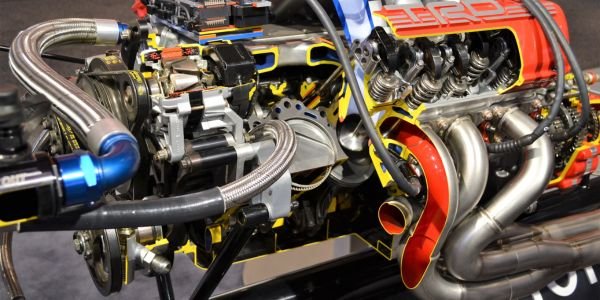




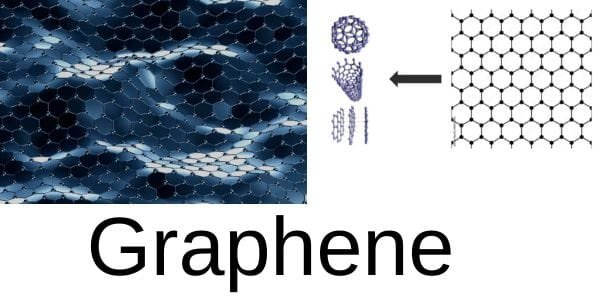

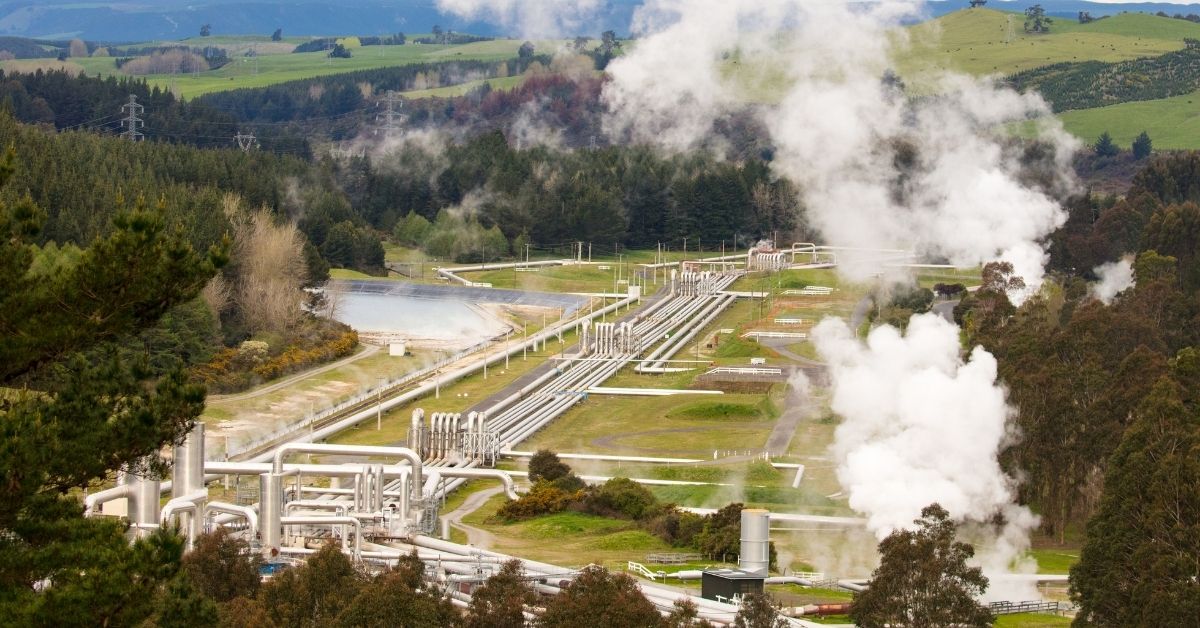





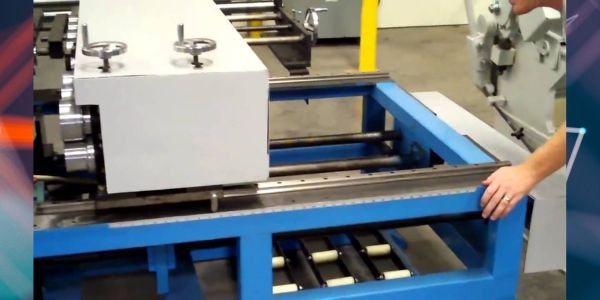

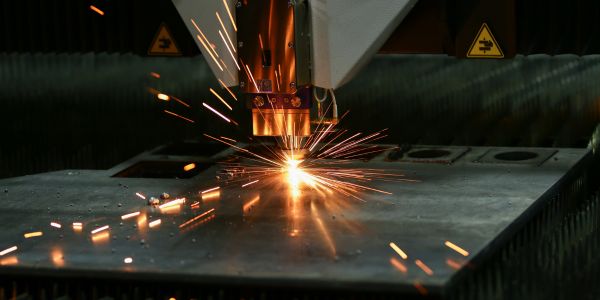


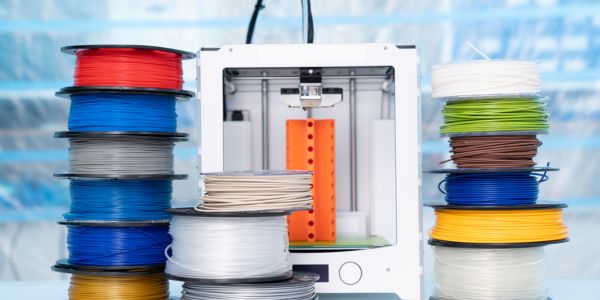
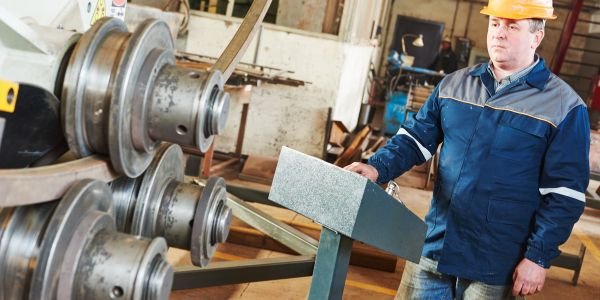

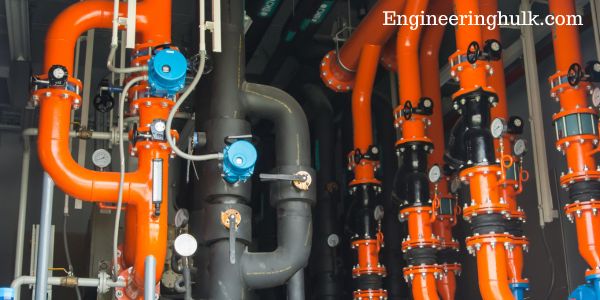
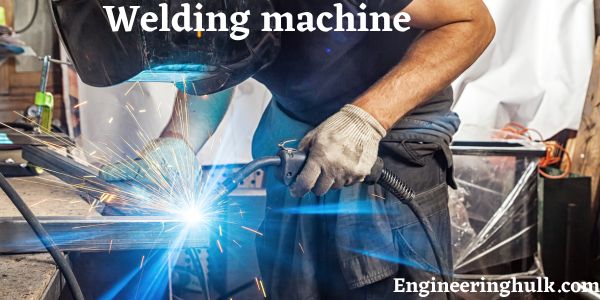
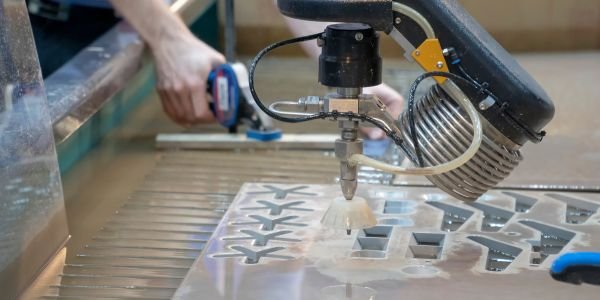
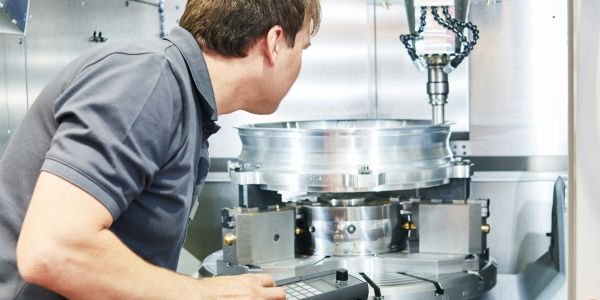

Comment on “Grinder Machine – Working, Types, Applications, Pros & Cons”
Comments are closed.